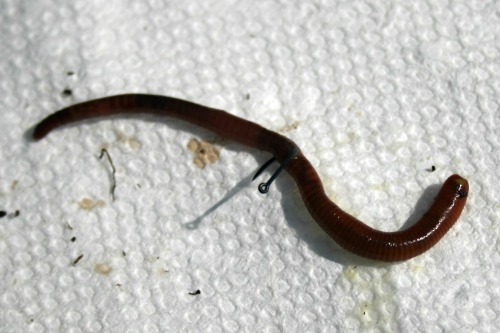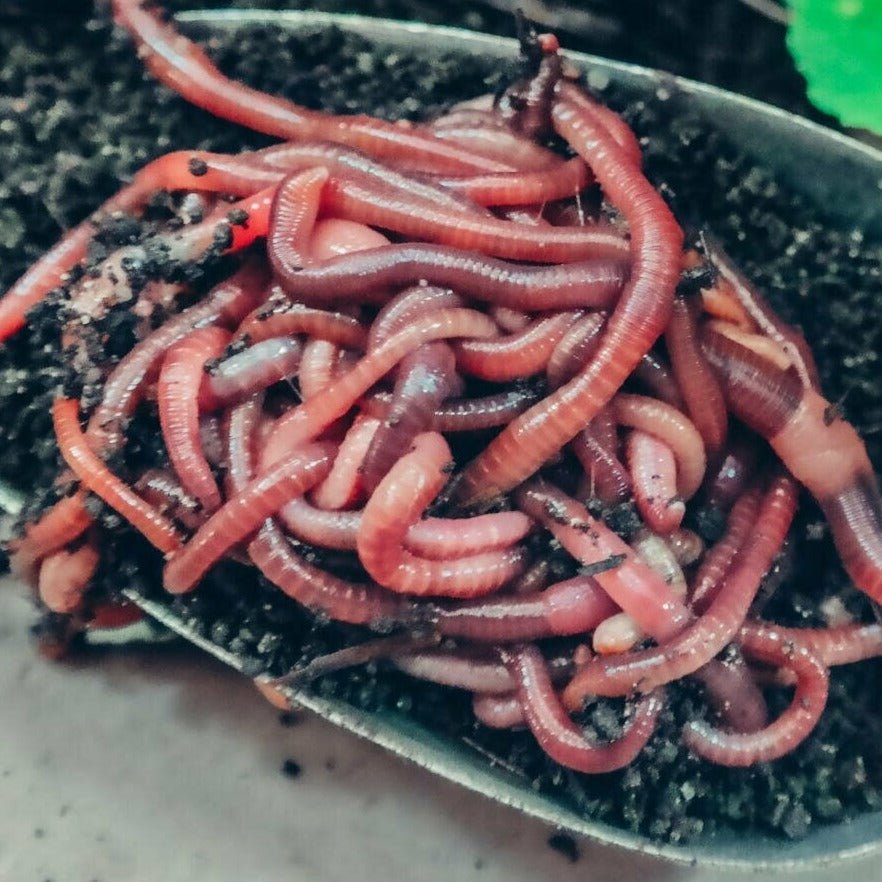Red Wigglers: The Unsung Heroes of Organic Waste Recycling
Red wigglers, or Eisenia fetida, offer as crucial agents in the organic waste reusing process, changing disposed of materials right into important vermicompost. As the world significantly seeks options to deal with waste build-up and improve farming productivity, recognizing the function of these worms becomes crucial.
What Are Red Wigglers?
The exceptional resilience of red wigglers, clinically known as Eisenia fetida, emphasizes their crucial function in natural waste recycling. These little, reddish-brown earthworms are typically discovered in breaking down natural matter, such as compost heap and manure loads. Lake Hickory Bait. Unlike other earthworm types, red wigglers grow in nutrient-rich atmospheres and are very efficient at damaging down natural materials, making them vital for vermicomposting

(Red Wiggler Express)In enhancement to their role in waste reduction, red wigglers contribute to dirt wellness by boosting dirt structure and aeration through their tunneling activities (Lake Hickory Bait). Their existence in composting systems not just boosts disintegration prices but also promotes a sustainable method to squander administration, showing their value in ecological preservation efforts
Benefits of Composting With Worms
Composting with worms, particularly red wigglers, offers numerous advantages that enhance both waste management and dirt health. First, these worms efficiently break down organic waste, transforming it right into nutrient-rich vermicompost that improves dirt. This procedure speeds up decay, enabling for a quicker recycling of kitchen scraps and other natural products compared to conventional composting methods.
In addition, the vermicompost generated by red wigglers is including helpful bacteria, which help improve dirt structure, aeration, and dampness retention. This improves the overall wellness of plants, advertising vigorous development and boosted returns in yards and agricultural setups. In addition, the use of worms in composting minimizes the production of greenhouse gases, such as methane, adding to an extra sustainable waste monitoring system.

Exactly How to Start Vermicomposting
Establishing a vermicomposting system is a simple procedure that can generate substantial benefits for both waste management and soil enrichment. To begin, choose an appropriate container, such as a plastic container or wood box, with appropriate air flow openings to make certain correct air movement. The dimensions ought to preferably be about 2 feet by 3 feet, enabling ample space for the worms to thrive.
Next, prepare bedding material, which can consist of shredded paper, cardboard, or coconut coir. This bed linens should be dampened to develop an ideal environment for the worms. When the bed linen is in place, introduce red wigglers (Eisenia fetida) right into the container, typically around one extra pound of worms for every single square foot of surface location.
Adhering to the positioning of worms, add natural waste, such as fruit and vegetable scraps, coffee premises, and smashed eggshells. With these steps, you will properly start a vermicomposting system that contributes to lasting waste administration and enriches your dirt.
Keeping a Healthy Worm Container
(Lake Rhodhiss Bait)Keeping a worm container prospering requires routine attention and like ensure the wellness of the red wigglers and the effectiveness of the composting process. Correct upkeep begins with checking the wetness levels; the container ought to be wet but not saturated. A good general rule is to maintain a consistency comparable to a wrung-out sponge.
Carefully blending the bed linens and food scraps every couple of weeks avoids compaction and makes sure that all worms have accessibility to oxygen. In addition, it is essential to feed the worms appropriately.
Temperature law is an additional important aspect. Red wigglers grow in a range of 55 to 77 levels Fahrenheit. If the bin becomes as well warm or cool, the worms might become stressed out - Lake Hickory Bait. Regularly inspect for indications of health and wellness, such as worm population development and the existence of healthy and balanced spreadings. By diligently managing these variables, one can preserve a durable and efficient worm bin.
Effect on Sustainable Living
The successful upkeep of a worm bin not only benefits the health of red wigglers but also adds considerably to lasting living techniques. By recycling natural waste, such as kitchen area scraps and lawn particles, red wigglers aid divert substantial quantities of product from land fills. This reduction in waste not just lowers greenhouse gas emissions but likewise decreases the ecological worry connected with waste management.
In addition, the see it here spreadings produced by red wigglers serve as a nutrient-rich natural fertilizer, enhancing dirt health and advertising plant development. This natural option to chemical fertilizers sustains sustainable agriculture and gardening practices, reducing dependence on synthetic inputs that can damage environments. Furthermore, worm composting cultivates recognition of waste monitoring, urging people and neighborhoods to take on more sustainable routines.

Conclusion
In summary, red wigglers serve as vital factors to natural waste recycling through their efficient disintegration of natural materials. By integrating vermicomposting right into waste administration techniques, individuals and areas can substantially minimize waste while promoting ecological sustainability.